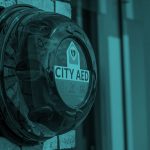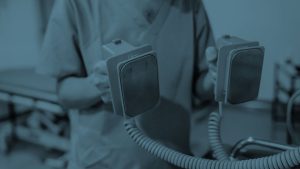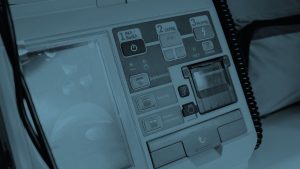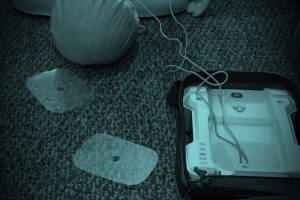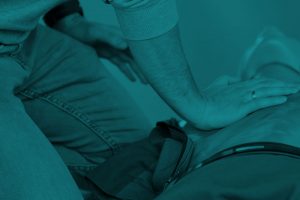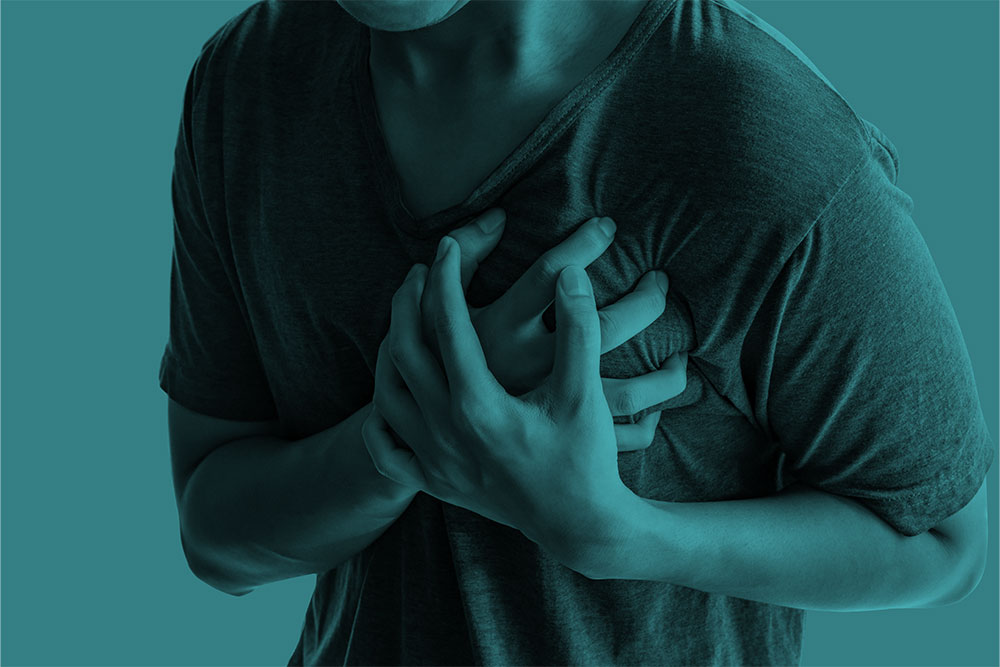
Objective: To evaluate the provision of bystander interventions and rates of survival after exercise-related sudden cardiac arrest (SCA).
Study eligibility criteria: Observational studies assessing a population of exercise-related SCA (out-of-hospital cardiac arrests that occurred during exercise or within 1 hour of cessation of activity), where bystander cardiopulmonary resuscitation (CPR) and/or automated external defibrillator (AED) use were reported, and survival outcomes were ascertained. Bystander CPR was initiated in a median of 71% (IQR: 59%-87%) of arrests, whereas bystander AED use occurred in a median of 31% (IQR: 19%-42%) of arrests. Among the 19 studies that reported survival to hospital discharge, the median rate of survival was 32% (IQR: 24%-49%). Studies which evaluated the relationship between bystander interventions and survival outcomes reported that both bystander CPR and AED use were associated with survival after exercise-related SCA.
Exercise-related SCA occurs predominantly in males and presents with a shockable ventricular arrhythmia in most cases, emphasising the importance of rapid access to defibrillation. Further efforts are needed to promote early recognition and a rapid bystander response to exercise-related SCA.


